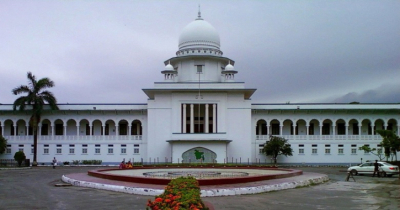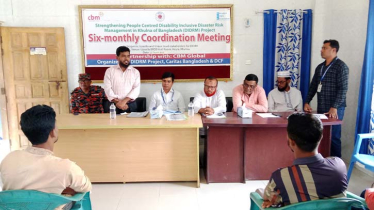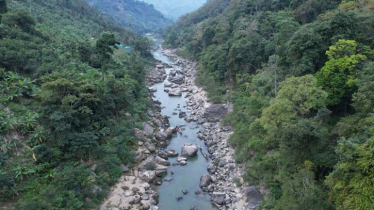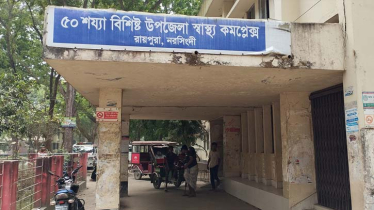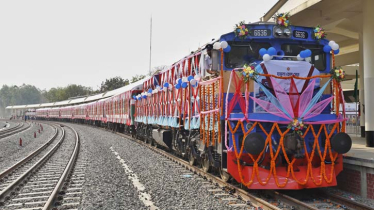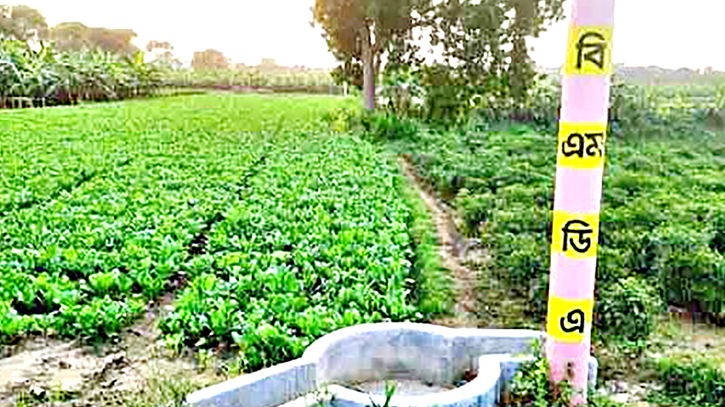
Photo : Messenger
Farmers in Manikganj district are embracing intercropping, the simultaneous cultivation of crops on the same land, leading to increased profits without additional expenditure.
The innovative farming technique is not only benefiting existing practitioners but is also capturing the interest of many others in the agricultural community. Agriculture officials are actively promoting awareness and interest in fallow crop farming, contributing to the growing popularity of this sustainable approach.
Many farmers achieved self-sufficiency by incorporating various crops alongside traditional papaya and sugarcane cultivation. Cultivating sugarcane and papaya alongside crops such as potato, onion, lentil, beans, saffron, garlic, spinach, and radish has proven to enhance the overall production of sugarcane and papaya. This integrated approach not only boosts yields but also improves soil fertility, particularly significant for sugarcane, considered an industrial crop in Bangladesh.
According to the Manikganj District Agriculture Extension Directorate, the current season has witnessed the cultivation of 750 hectares of papaya, 550 hectares of banana, and 520 hectares of sugarcane in Manikganj. This diversification is proving to be a boon for farmers, reducing the need for additional land and maximizing returns.
Habibur Rahman, a farmer from Nayabari village in Singair upazila, shared his success story, saying, "Intercropping has significantly reduced the cost of sugarcane cultivation. I am very happy with the additional profit earned from cultivating onion and radish alongside sugarcane."
Zahir Uddin of Nayadangi village highlighted the profitability of diversifying with coriander leaves before papaya cultivation, adding, "No additional fertilizers, seeds, and pesticides were needed."
Another farmer, Anwar Hossain from Jaimontap village, expressed his contentment with cultivating 26 types of spices and vegetables alongside sugarcane, revealing, "I used to cultivate only sugarcane, but the returns were not as profitable. With intercropping, I expect to yield 40 maunds of onion per bigha of land."
Abu Md Enayet Ullah, deputy director of the district agricultural extension department, emphasized the positive impact of this farming method on production and profitability. He said, "We are providing all kinds of support to farmers to encourage the adoption of this method, inspired by the success of densely populated countries worldwide."
The promising success stories of farmers in Manikganj district embracing intercropping underscore its potential to revolutionize agricultural practices and uplift rural economies. As more farmers experience increased yields and profitability, there is a compelling case for widespread adoption of this sustainable farming method. To ensure the continued success of intercropping, it is imperative that farmers receive comprehensive support and guidance from the government.
Financial incentives, educational programs, and access to modern agricultural technologies can further catalyze the transition towards intercropping, promoting food security and economic resilience. The collaborative efforts of farmers, agricultural officials, and policymakers will not only secure the future of agriculture in Manikganj but also serve as a model for sustainable farming practices nationwide.
Messenger/Sajib

